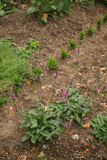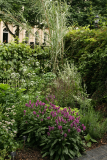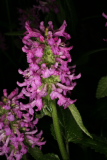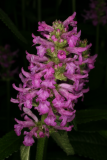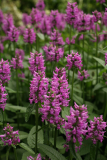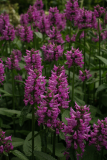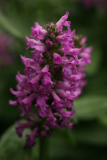Culpeper: “... helps the falling sickness [epilepsy], and all headaches coming of cold, cleanseth the breast and lungs, opens stoppings of the liver and spleen, as the Rickets etc. procures appetite, helps sour belchings, provokes urine, helps the stone, mitigates the pain of the reins [kidneys] and the bladder, helps cramps and convulsions, resists poison, such as piss blood, madness and headache, kills worms, help bruises and cleanseth women after their labour.”
Culpeper, Nicholas. (1653). The London Dispensatory.
Historical
Quincy, John (1718) Pharmacopoeia officinalis, Only used as leaves with tobacco ‘for rheums and moist suffusions’, for healing wounds of the head; as a panacea when boiled up with Peruvian Balsam, Myroxylon balsamum var. pereirae; as a cephalick (good for the head); a diuretic and post-partum. He notes it is little used, but the Plaister [plaster] of Betony was still in the London Pharmacopoeia.
Quincy, John. (1718). Pharmacopoeia Officinalis and Extemporanea or a Compleat English Dispensatory. London, A. Bell and others. page 79
Historical.
Macer (Aemilius) (c.1500) Floridus. De viribus herbarum [Macer died in 16BC, and this book is attributed to a French physician, Odo de Meung, in the 11th century] Chapter 6, De betonica herba. Lists the uses from urinary calculi, haemoptysis, dropsy, eye and ear problems, nosebleeds, coughs, fevers, wind, stomach problems, the spleen, hernias, jaundice, menstrual problems, bites of serpents, skull fractures, and even poisoned drinks if carried on one’s person - quoting Pliny as his authority for the latter. It was frequently given in wine (see Frisk (1949) for translation).
Frisk, G. (1949). A Middle English Translation of Macer Floridus de Viribus Herbarum. Almquist & Wiksells Boktryckeri AB, Uppsala. chapter 6
Historical
Musa, Antonio (1537) De herba vetonica liber 1. [Musa was circa 10AD, but this was probably written much later]. Betonica and Vetonica were interchangeable, and on a linguistic note, vino in South American Spanish vino is still pronounced bino. Its other names are given as cestron, psychotrophon, prioniten,pyrinen, adianton, cosmicen, sideritin, pandionam, thyan rhizan, dyprinion, and more. As an introduction, it is recommended for protecting the bodies and souls of men from curses and dangers, and for holy places. In all Musa gives 47 indications, from head wounds to the ‘horrors’, and includes most of the recommendations of Macer Floridus. It was taken with wine or hot water.
Musa, Antonio. (1537). De herba vetonica liber 1. Zurich; C. Froschouer.
.JPG)
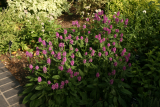
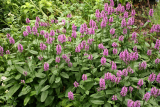
.JPG)
.JPG)
.JPG)
.JPG)
